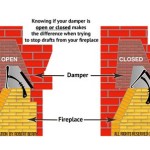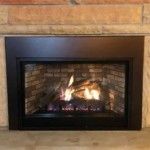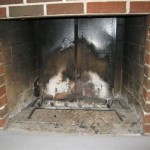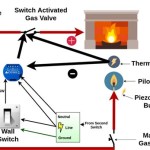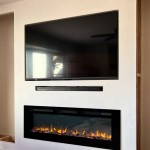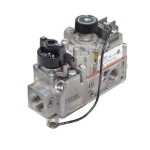Non-Combustible Materials for Fireplaces: Ensuring Safety and Longevity
Fireplaces, with their inviting ambiance and warmth, have been a staple in homes for centuries. However, the inherent nature of fire demands careful consideration of surrounding materials. Non-combustible materials play a crucial role in fireplace construction and maintenance, ensuring both safety and longevity. This article explores the importance of non-combustible materials, highlighting key considerations for fireplace design and upkeep.
Understanding the Importance of Non-Combustible Materials
The primary function of non-combustible materials is to prevent the spread of fire. These materials, by their very nature, do not burn or contribute to the combustion process. This is paramount for fireplace construction, as a fire's heat can easily ignite nearby combustible materials, leading to dangerous situations. As a result, building codes and fire safety regulations typically mandate the use of non-combustible materials in specific areas around fireplaces.
Beyond safety, non-combustible materials offer numerous benefits:
- Durability: Non-combustible materials are resistant to heat damage, ensuring long-lasting performance and reducing the need for frequent replacements.
- Maintenance: Many non-combustible materials require minimal maintenance, simplifying cleaning and upkeep.
- Aesthetic Variety: The range of non-combustible materials available allows for diverse aesthetic choices, complementing any fireplace design.
Common Non-Combustible Materials Used in Fireplaces
A variety of materials meet the criteria for non-combustibility, each with unique properties and applications. The most prevalent options include:
- Brick: A classic and enduring choice, brick is highly durable and resistant to heat. Its versatility allows for various fireplace designs and styles.
- Stone: Natural stone, often used in exterior fireplaces, offers unparalleled beauty and longevity. Types like granite, limestone, and slate provide excellent heat resistance.
- Concrete: Concrete is a versatile and affordable option, readily available in various forms, including precast panels and poured-in-place concrete.
- Metal: Steel and stainless steel, with their high heat resistance and corrosion resistance, are commonly used for fireplace hearths, surrounds, and fireboxes.
- Glass: Tempered glass, specifically designed for heat resistance, can add modern elegance to fireplace designs. It often features in fireplace doors and screens.
- Mortar: Mortar, a mixture of cement, sand, and water, acts as a binding agent for bricks and stones, ensuring structural integrity and heat resistance.
Essential Considerations for Non-Combustible Materials
Choosing the right non-combustible materials for your fireplace requires careful consideration of several factors:
1. Heat Resistance
The material's ability to withstand high temperatures without degrading is paramount. The proximity of the material to the fire source will influence the required heat resistance level.
2. Structural Integrity
Non-combustible materials should offer sufficient strength and stability to support the weight of the fireplace and withstand the forces of fire. The material's thickness and type will impact its structural integrity.
3. Aesthetics
While safety is crucial, aesthetic preferences should also be considered. The material's color, texture, and overall appearance will contribute to the fireplace's visual appeal and integration with the surrounding space.
4. Maintenance Requirements
Different non-combustible materials require varying levels of maintenance. Consider how much cleaning, sealing, or repair each material needs to maintain its appearance and performance over time.
5. Cost
The price of non-combustible materials can vary significantly. Balancing cost with performance and aesthetic preferences is essential for a budget-conscious approach.
By carefully considering these factors and consulting with qualified professionals, homeowners can select the appropriate non-combustible materials that ensure safety, durability, and aesthetic appeal for their fireplaces.

Non Combustible Materials Explained Regency

Non Combustible Materials Explained Regency

Non Combustible Utah Fireplace Materials Basics And Necessity Comfort Solutions

Fireplace Construction The Need For Non Combustibles Goemans Fireplaces

Best Non Combustible Materials For Your Fireplace Wall Arieli Custom Homes

Best Non Combustible Materials For Your Fireplace Wall Arieli Custom Homes

Fireplace Design Idea 6 Diffe Materials To Use For A Surround

Fireplace Safety And Codes

Fireplace Mantel And Surround Clearances Fine Homebuilding

Non Combustible Mantels Great Lakes Stone Supply
Related Posts


